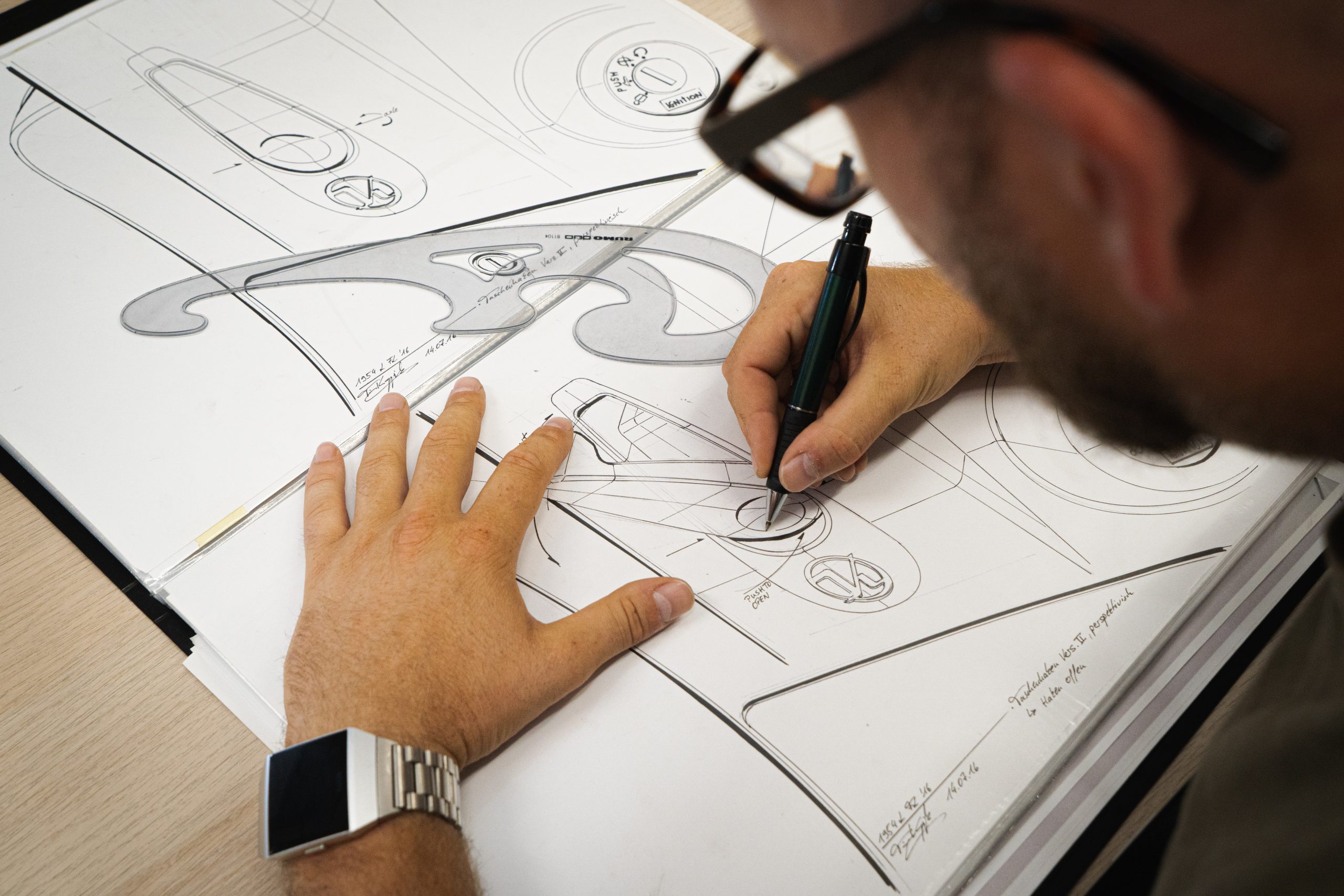Architectural design is a complex process involving several stages, each of which plays a key role in the realization of a building or infrastructure. In Italy, as in many other countries, this process is divided mainly into three phases: preliminary, final and executive design. In this article, we will explore the meaning of each stage, its purpose and regulation in Italy.
If you would also like to receive a plurality of ideas for your space, make your own contest on GoPillar!

Preliminary Design: The Beginning of the Creative Journey
Preliminary design is the initial and most creative phase of the process. Here, architects and designers explore initial ideas, identify client needs, and develop key concepts for the architectural design. This phase often involves sketches, drafts, conceptual models, and 3-D images (renders) that shape early visions of the work. The main purpose of this phase is to define the overall direction of the project, establishing its vision and identifying key constraints, whether technical or regulatory. At this stage, preliminary approval is sought from the client before proceeding to the next steps.
The preliminary design phase is at the heart of GoPillar, the world’s first marketplace dedicated to architectural design. This revolutionary platform serves as a virtual meeting point where clients from all corners of the world can launch design competitions, resulting in a wide range of proposals from which to select the solutions best suited to their tastes and specific needs.
With more than 70,000 active architects on the platform from different parts of the globe, GoPillar offers a variety of skills and approaches that enrich the creative process and enable the creation of unique architectural designs.
For individuals in need of design services, GoPillar has several advantages, including the significant benefit of receiving an average of 15 to 20 proposals for their property. This differs significantly from the traditional approach, in which the client might receive a single design from a local engineer.
The opportunity to compare multiple functional and creative ideas gives the client a broader perspective and, at the end of what is referred to as a “contest,” allows the most promising ideas to be carried forward into an executive project. In this way, the client not only gets a tailored solution, but also benefits from a collaborative process that enhances customization and originality in architectural design.

Final Design: From Ideas to Concrete
Once approval is obtained in the preliminary phase, we move on to final design. Here, architects refine and further develop the details of the design. Technical specifications, materials to be used and construction aspects are defined.
The main purpose of the final design is to provide a solid foundation for the subsequent construction process. The documents produced at this stage also serve as the basis for assessing environmental impacts and applying for necessary permits and approvals such as CILA, SCIA or building permit.
Executive Design: From Paper to Implementation
Executive design is the final stage that takes the project from paper to physical realization. All technical and construction details are thoroughly defined, and the necessary construction documents are produced. This phase involves detailed drawings, in-depth technical specifications, and clear identification of the activities to be performed.
The main purpose of executive design is to ensure that the project can be built in accordance with quality, safety, and regulatory standards. During this phase, architects work closely with structural engineers and other professionals to ensure the technical feasibility of the project.
GoPillar, as mentioned above, operates as a full turnkey service. Once the contest is completed, a number of additional services can be delegated to the company, including executive design, preparation of the bill of materials, management of the site inspection and zoning paperwork, and construction management.
Regulation in Italy: The regulatory Framework
In Italy, architectural design is regulated by several laws and regulations. The Italian Civil Code, in particular, contains specific provisions governing the responsibility of the architect and other professionals involved in the design and construction process.
In addition to the Civil Code, there are specific regulations concerning particular aspects of design, such as Legislative Decree 81/2008, which regulates safety in the workplace, and Presidential Decree 380/2001, which regulates building regulations. In addition, each Italian region may have its own urban planning and building regulations that must be taken into account during design.
In conclusion, preliminary, final and executive design constitute an intricate and articulated path in the realization of architectural works in Italy. Each phase has its well-defined role and contributes significantly to the success of the overall project. Thorough knowledge of current regulations is essential to ensure that design and construction meet the required quality and safety standards.
If you would also like to receive a plurality of ideas for your space, make your own contest on GoPillar!
